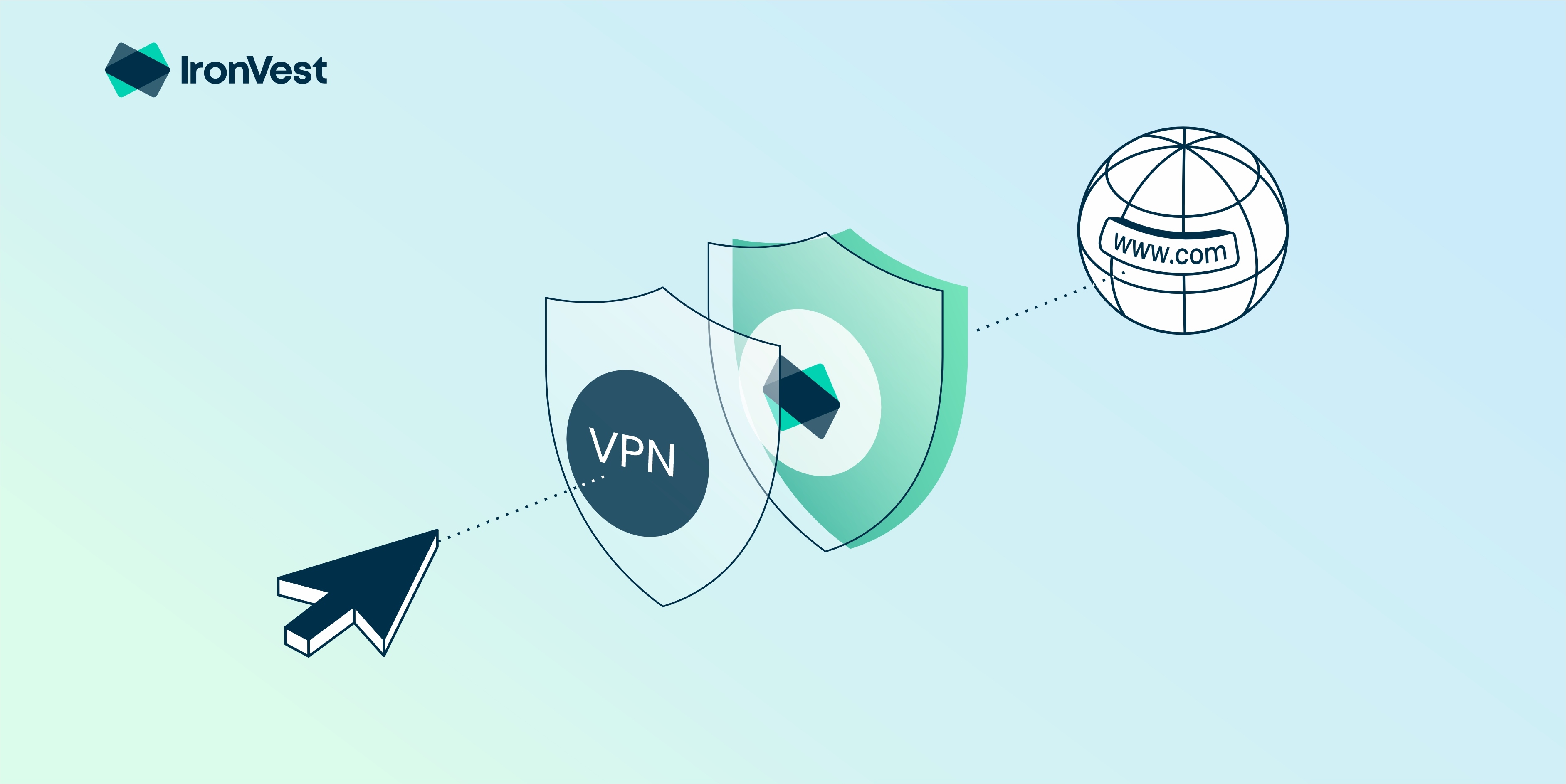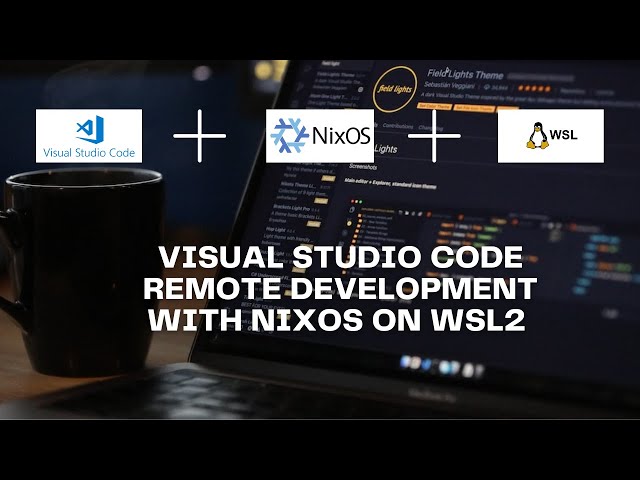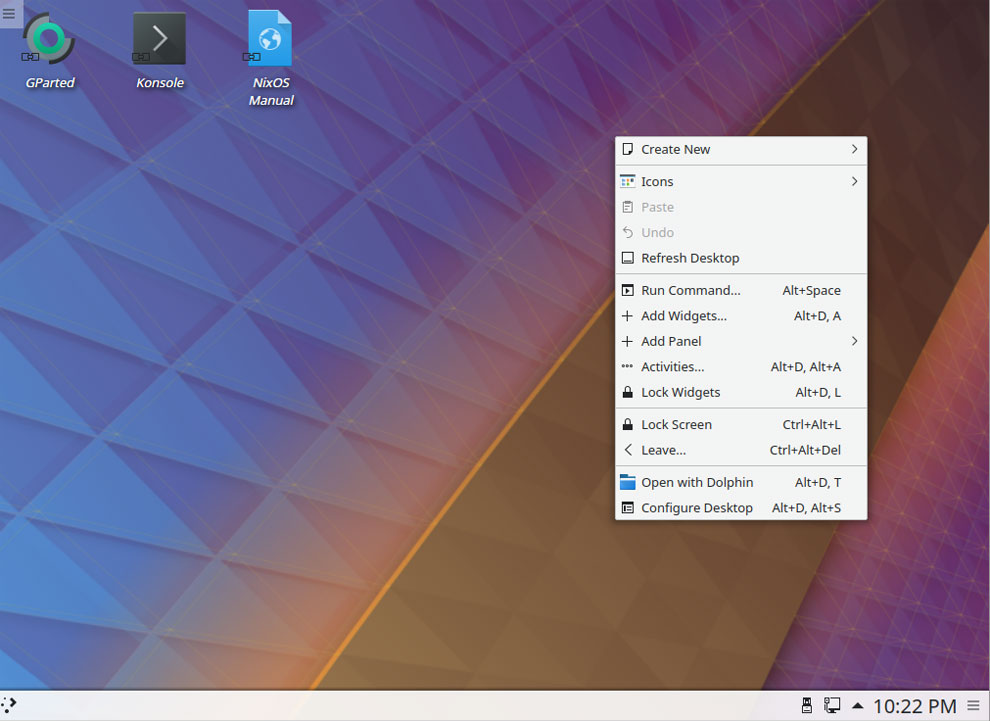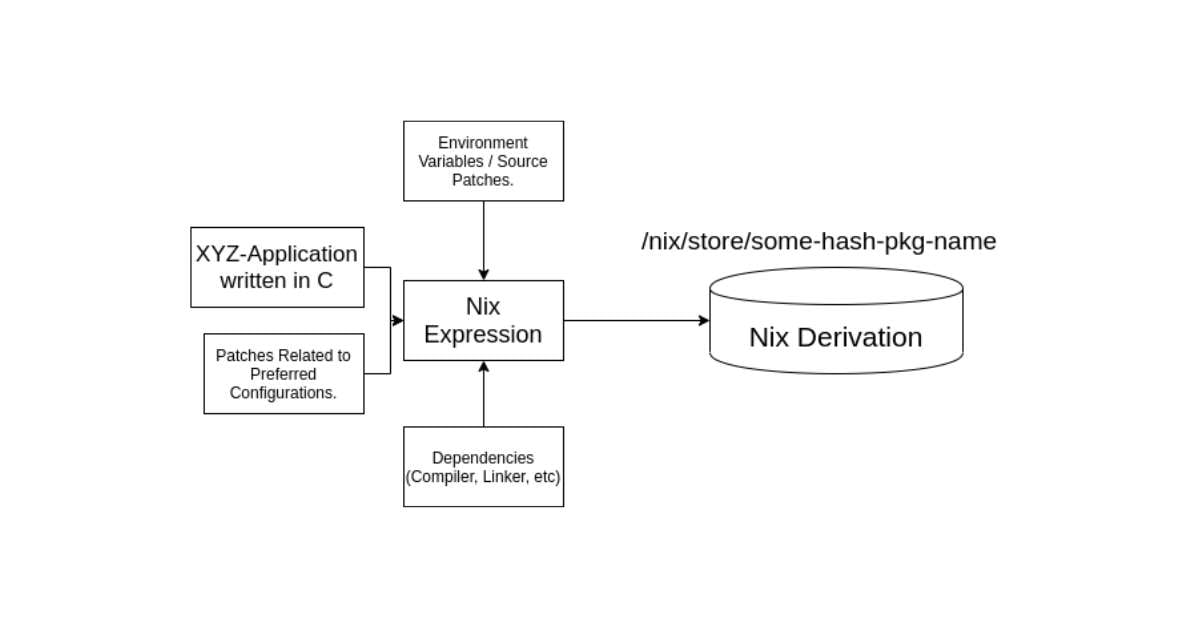
Unleashing Nix: The Future of Package Management
As the software landscape continues to evolve, developers and system administrators alike are constantly seeking innovative tools that can streamline their workflow and enhance productivity. One tool that has gained significant traction in recent years is Nix, a powerful package manager that offers a unique approach to software management. Its declarative nature and reproducibility make it a game changer for users who prioritize consistency and reliability in their development environment.
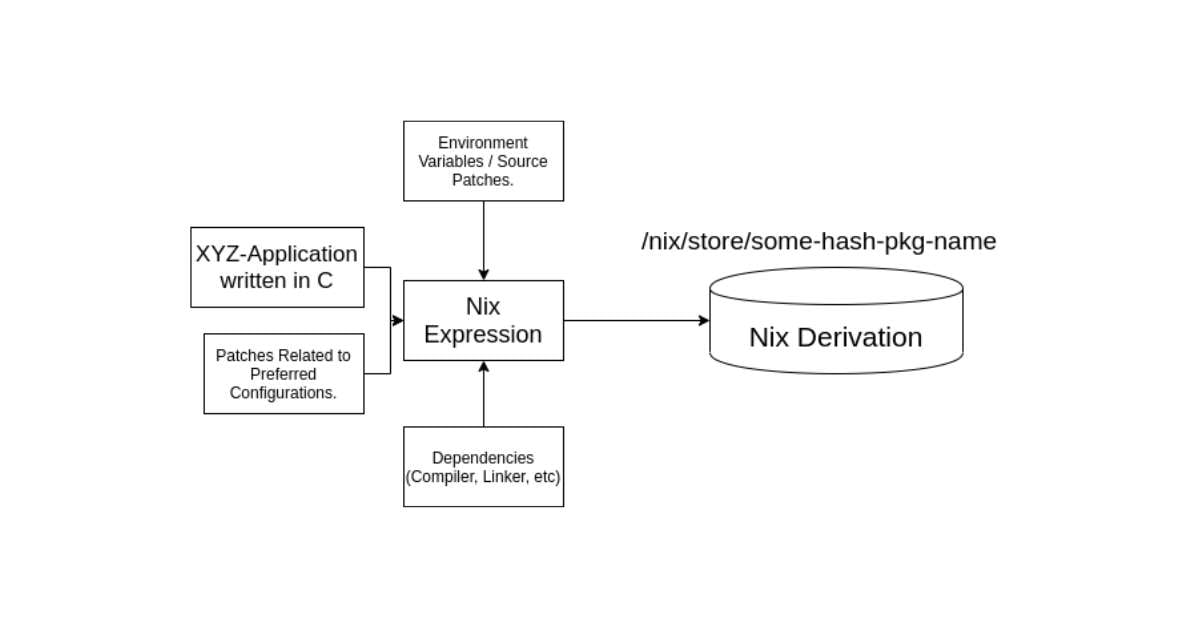 Empowering developers with robust tools
Empowering developers with robust tools
Exploring Nix’s Core Features
At its core, Nix revolves around two primary components: the Nix package manager and the NixOS Linux distribution. Together, they offer a seamless experience for package management, configuration, and deployment. Key features of Nix include:
- Atomic upgrades and rollbacks: With Nix, installations and upgrades are carried out atomically. This means if something goes wrong, users can easily revert to a previous state without hassle.
- Isolation: Nix builds packages in complete isolation from each other, which prevents dependency hell and ensures that applications do not interfere with one another.
- Reproducibility: The declarative configuration approach allows users to define their environment in code, ensuring that deployments are consistent across systems.
These core attributes enable developers to focus on coding rather than battling with system dependencies. For those interested in diving deeper, there are plenty of resources available to familiarize oneself with Nix’s extensive capabilities. More detailed insights can be found here.
Advantages Over Traditional Package Managers
Nix stands out amid traditional package managers due to its innovative model. Unlike the likes of apt or yum, which generally install software system-wide, Nix allows software to coexist without clashes. This feature alone appeals to developers working on multiple projects that require differing versions of the same software.
“Nix not only alleviates the struggle of managing dependencies but also enhances the overall development workflow with its reproducibility and isolation features.”
 Visualizing the future of software installation
Visualizing the future of software installation
Moreover, Nix’s approach opens up possibilities for Continuous Integration/Continuous Deployment (CI/CD) pipelines. By employing Nix within these systems, teams can ensure that the exact configurations utilized in testing are mirrored in production, which promotes stability and reduces troubleshooting time.
The Role of NixOS
NixOS, the Linux distribution built around Nix, takes things a step further by transforming the traditional operating system model. As everything is defined in configuration files, system environments become entirely reproducible. NixOS users can create entire system states that can be shared or restored at will.
What does this mean for system administrators? It simplifies the management of infrastructure, as environment configurations can be versioned and deployed like code. Thus, deploying a new system or updating an existing one becomes a straightforward task.
Getting Started with Nix
For those looking to adopt Nix, starting with the package manager is relatively easy. Users can install it on various operating systems, including macOS and Windows. After installation, exploring the available packages is as simple as running a few commands. The user community has also crafted comprehensive guides and documentation to help newcomers on their journey.
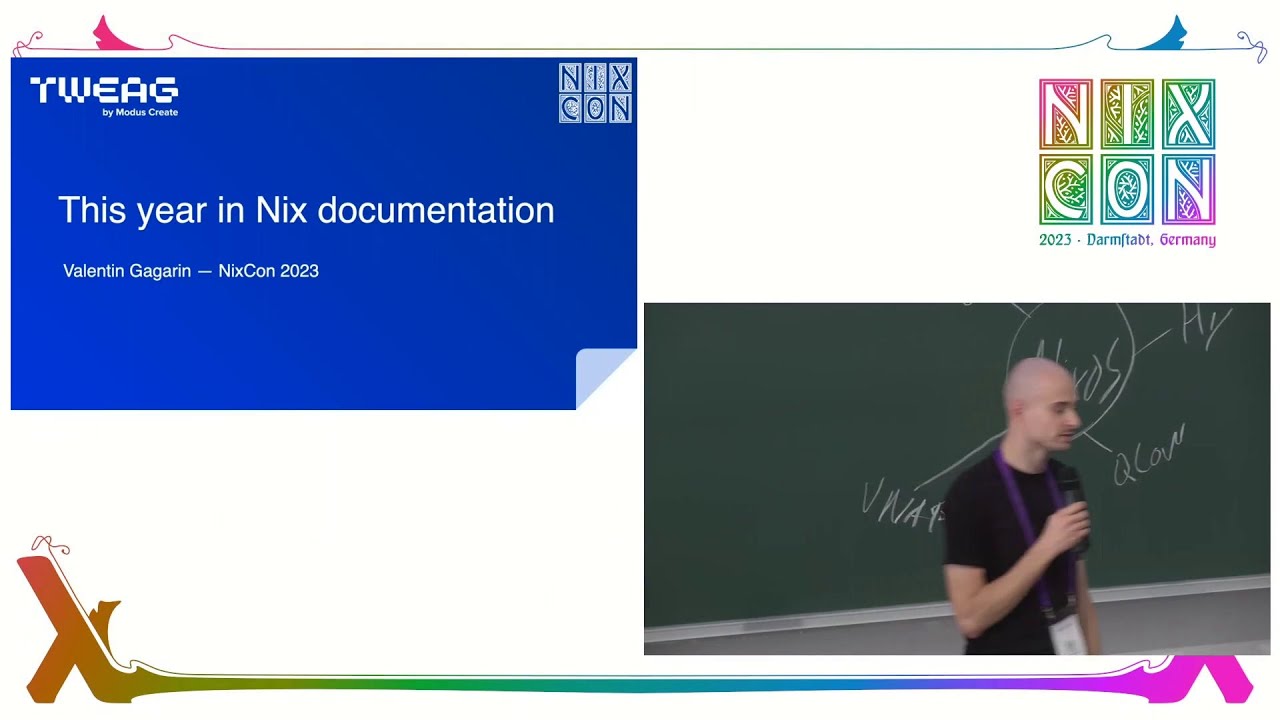 Empowering users with knowledge
Empowering users with knowledge
Community and Future Prospects
As with any technology, a robust community is crucial to its growth and development. The Nix community is vibrant and inclusive, with numerous forums, GitHub repositories, and chat rooms where users can find support and share experiences. This collective knowledge base not only aids in troubleshooting but also serves as an incubator for innovative ideas and tools.
In conclusion, Nix is setting the stage for a new future in package management and system configuration. Its unique propositions and dedicated community are paving the way for developers and system administrators to enjoy their workflows effectively and worry-free. The question isn’t whether to adopt Nix, but rather, can you afford not to?
For additional information and resources, visit this link.











